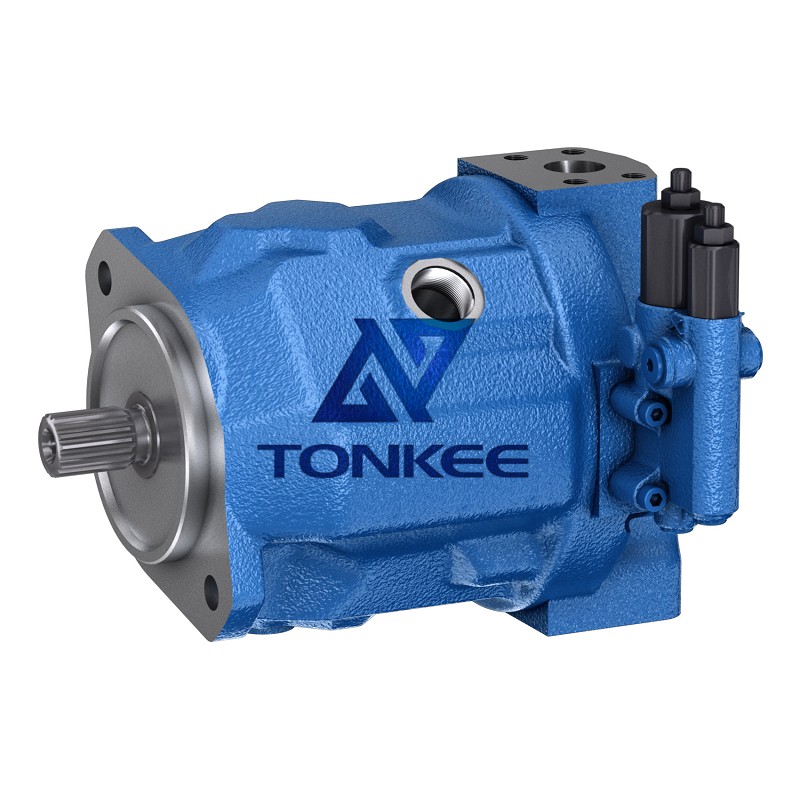
Pump Housing: The pump housing is a critical component that encloses and protects the internal parts of the hydraulic pump.
It should be made of high-strength materials, such as cast iron or steel, to withstand the high-pressure conditions. The housing should be precisely machined to ensure proper fit and alignment with other pump parts.
Cylinder Block: The cylinder block is responsible for the reciprocating motion of the pistons inside the pump. It should be manufactured with high precision to maintain tight clearances between the pistons and cylinder bores. The cylinder block should have excellent wear resistance and be compatible with the hydraulic fluid used.
Pistons: The pistons are responsible for generating hydraulic pressure by reciprocating within the cylinder block. They should be made of high-quality materials, such as steel or aluminum alloy, to withstand high operating pressures. The pistons should have precise dimensions and surface finish to ensure optimal sealing and minimize internal leakage.
Valve Plate: The valve plate is a critical component that controls the flow of hydraulic fluid within the pump. It contains various valves, including inlet and outlet valves, as well as control valves for regulating the pump's displacement. The valve plate should be made of durable materials, such as steel or brass, and have precise valve clearances for efficient operation.
Shaft Seal: The shaft seal prevents hydraulic fluid from leaking out of the pump along the rotating shaft. It should be made of high-quality elastomeric or composite materials with excellent sealing properties. The seal should have proper dimensions to fit the shaft diameter accurately and provide reliable sealing under high-pressure conditions.
Bearings: The bearings support the rotating shaft within the pump and ensure smooth and efficient operation. They should be made of high-grade steel or other suitable materials and have sufficient load-carrying capacity. The bearings should be precisely machined and properly lubricated to minimize friction and extend their service life.
Sealing Rings: Sealing rings are used to prevent fluid leakage between various pump components.
They are typically made of elastomeric materials, such as Nitrile or Viton, which provide excellent sealing properties and resistance to hydraulic fluids. The sealing rings should have proper dimensions and be compatible with the fluid used in the hydraulic system.
Drive Coupling: The drive coupling connects the hydraulic pump to the power source, such as an electric motor or an engine. It should be robust, durable, and capable of transmitting the required torque without slipping or failing. The coupling should have proper dimensions and be designed for easy installation and maintenance.
O-rings and Gaskets: O-rings and gaskets are used to create reliable seals between different pump components, such as the pump housing, valve plate, and cylinder block. They should be made of high-quality elastomeric materials and have the right hardness and dimensions for effective sealing. O-rings and gaskets should be resistant to hydraulic fluids and capable of withstanding high-pressure conditions.





 English
English português
português Русский язык
Русский язык










